
®
SHIPSPOTTING.COM
WELCOME TO SHIPSPOTTING.COM
CELITA - IMO 5260629
Photo
details
Photographer:mikedavies43 [ View profile ]
Captured:Apr 5, 1987
Title:Celita
Location:Lowestoft, United Kingdom
Photo Category:Guard Vessels/safety/rescue
Added:Aug 18, 2020
Views:502
Image Resolution:4,000 x 2,591
Description:
Trawler CELITA when she was working as a Standby vessel for Colne Shipping Co.Ltd. Built Richards, Lowestoft as yard no.434. Reverted to being a trawler in Spain shortly after this photo was taken, and was at some point heavily rebuilt.
Vessel
particulars
Current name:CANTARA
Former name(s):
- Belton (Until 1996 Aug)
- Pescafish V (Until 1991)
- Celita (Until 1987)
- Tippermuir (Until 1980)
- Ocean Trust (Until 1976)
Vessel Type:Trawler
Gross tonnage:209 tons
Photos:9 photos by 5 photographers
AIS Position
of this ship
There is no AIS Position Data available for this ship!
Would you like to add AIS Coverage?

Photo
Categories
This ship exists in the following categories:
Fishing vessel loa 70ft/21m and over - 8 photos
Guard Vessels/Safety/Rescue - 1 photos
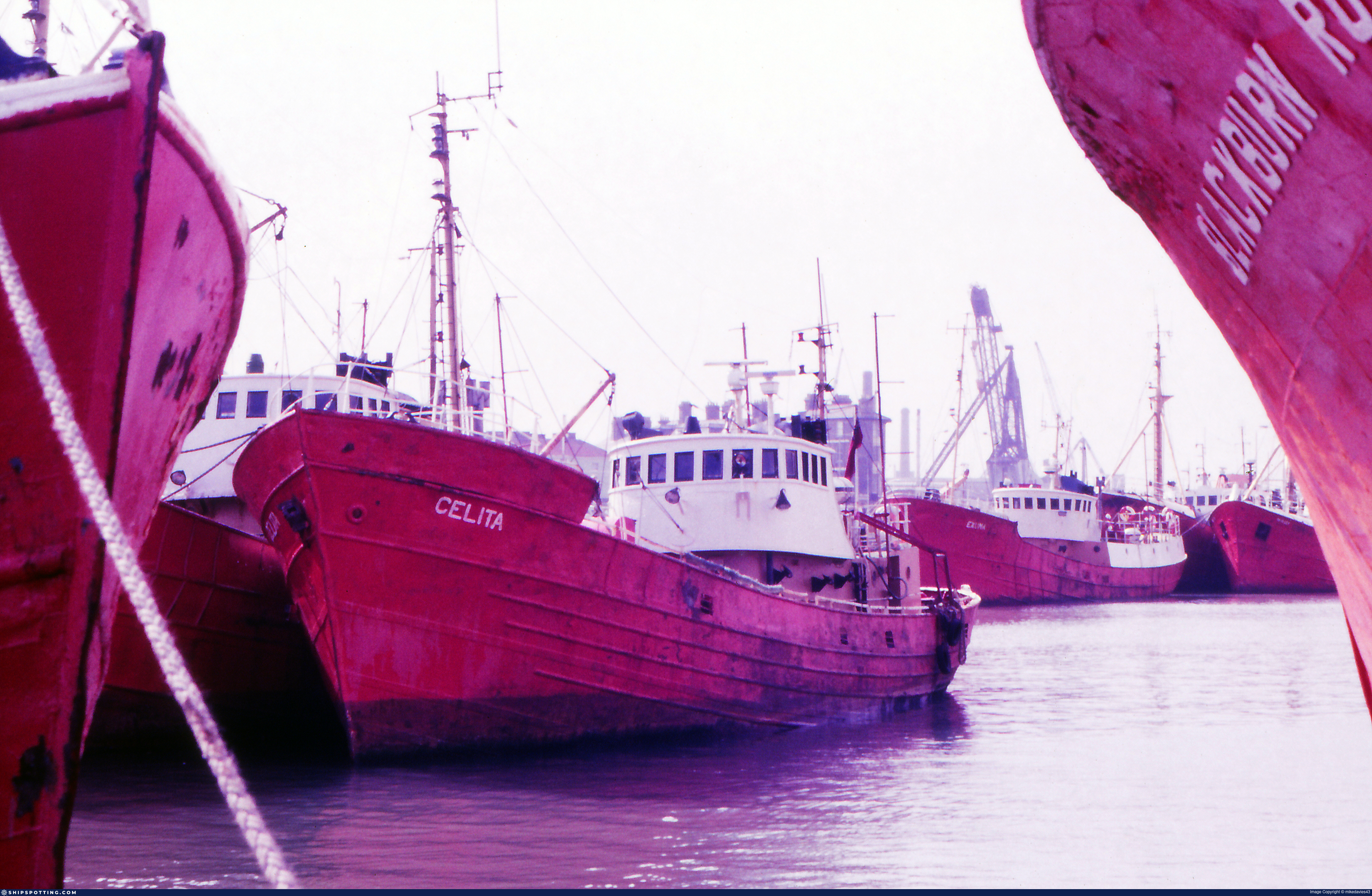

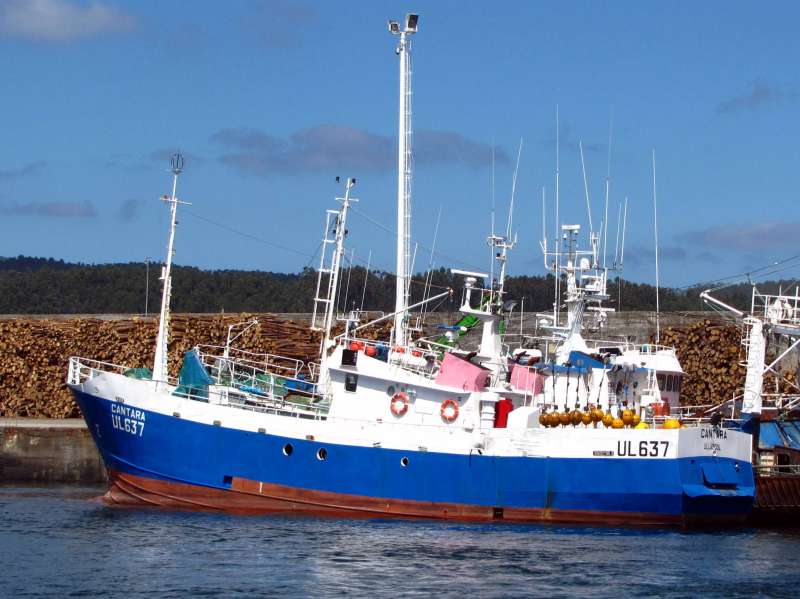
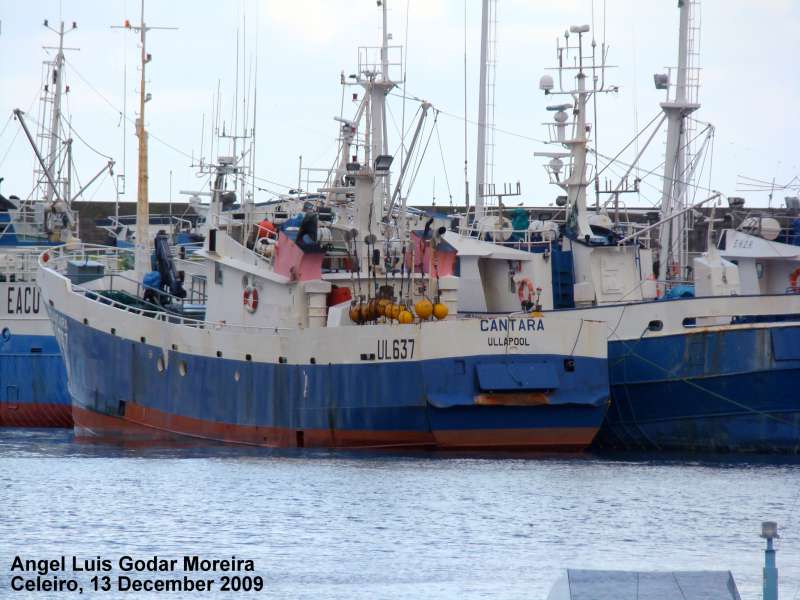
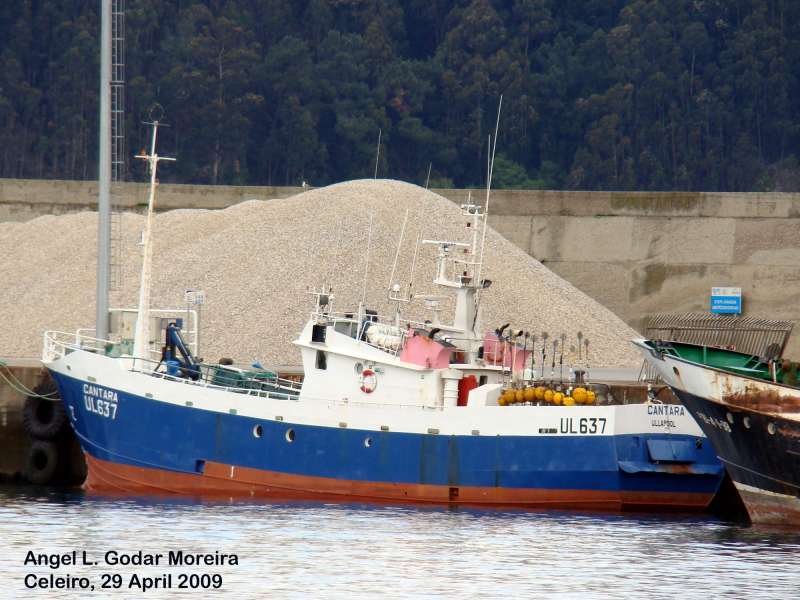
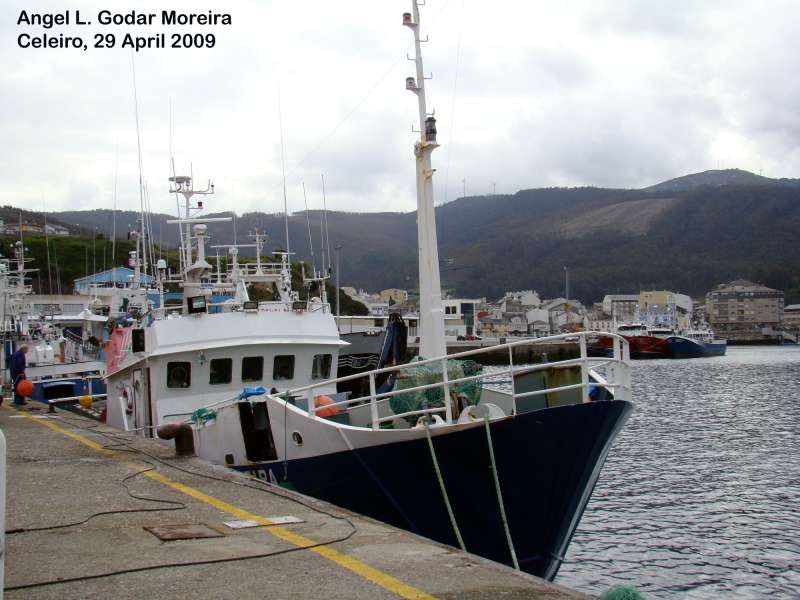
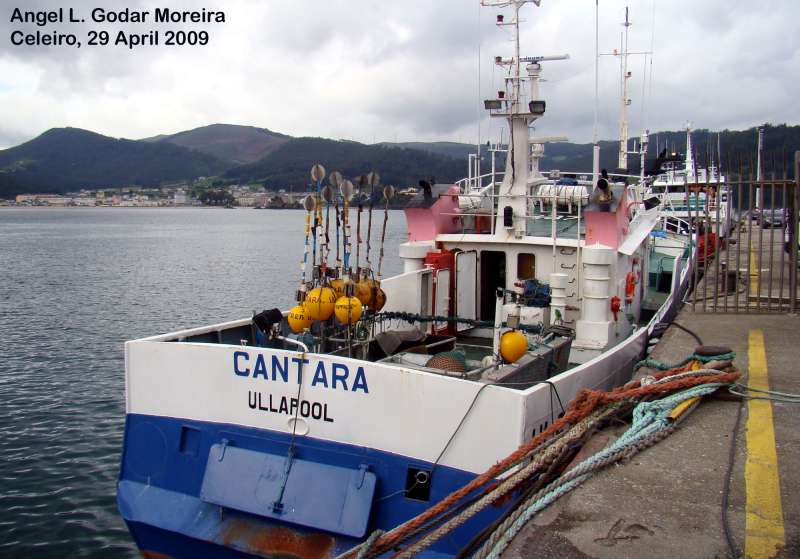
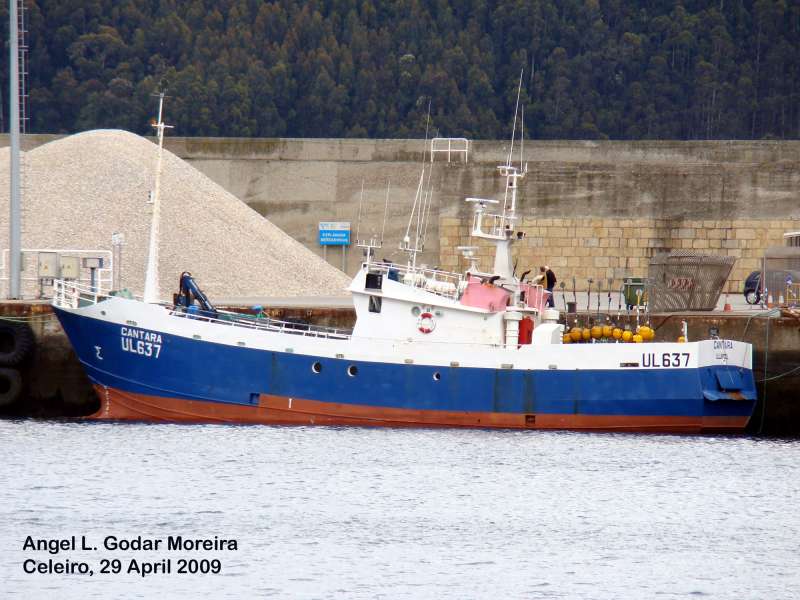
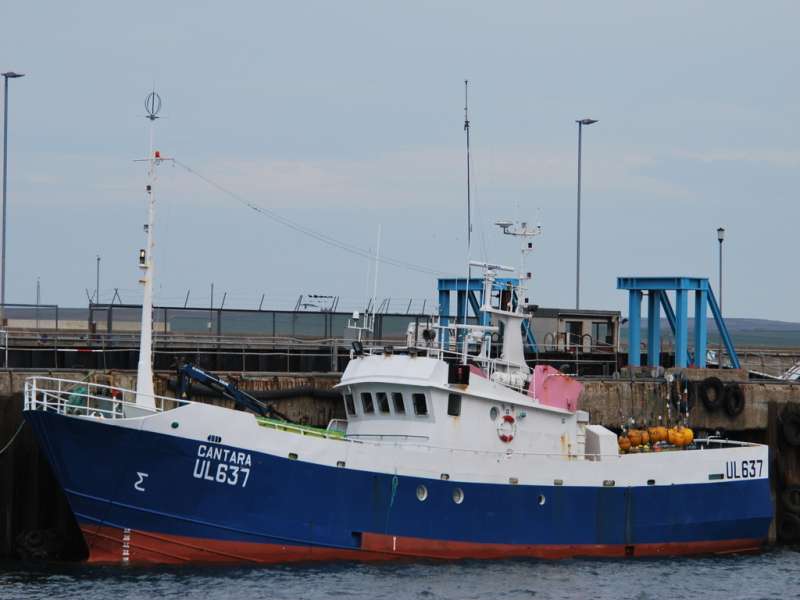
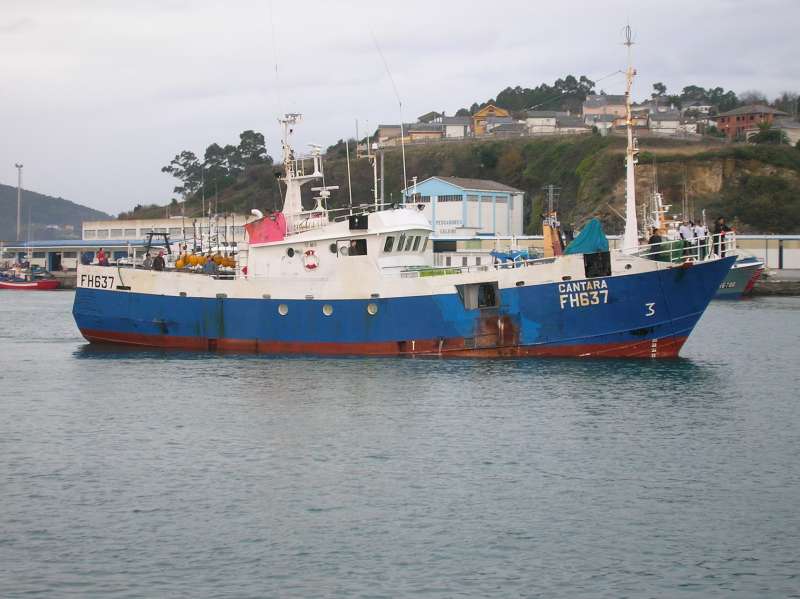


COMMENT THIS PHOTO(4)
Edit
comment
Like CELITA, many of the former trawlers seem to have ended up back in the fishing industry.
Edit
comment
Edit
comment
Edit
comment